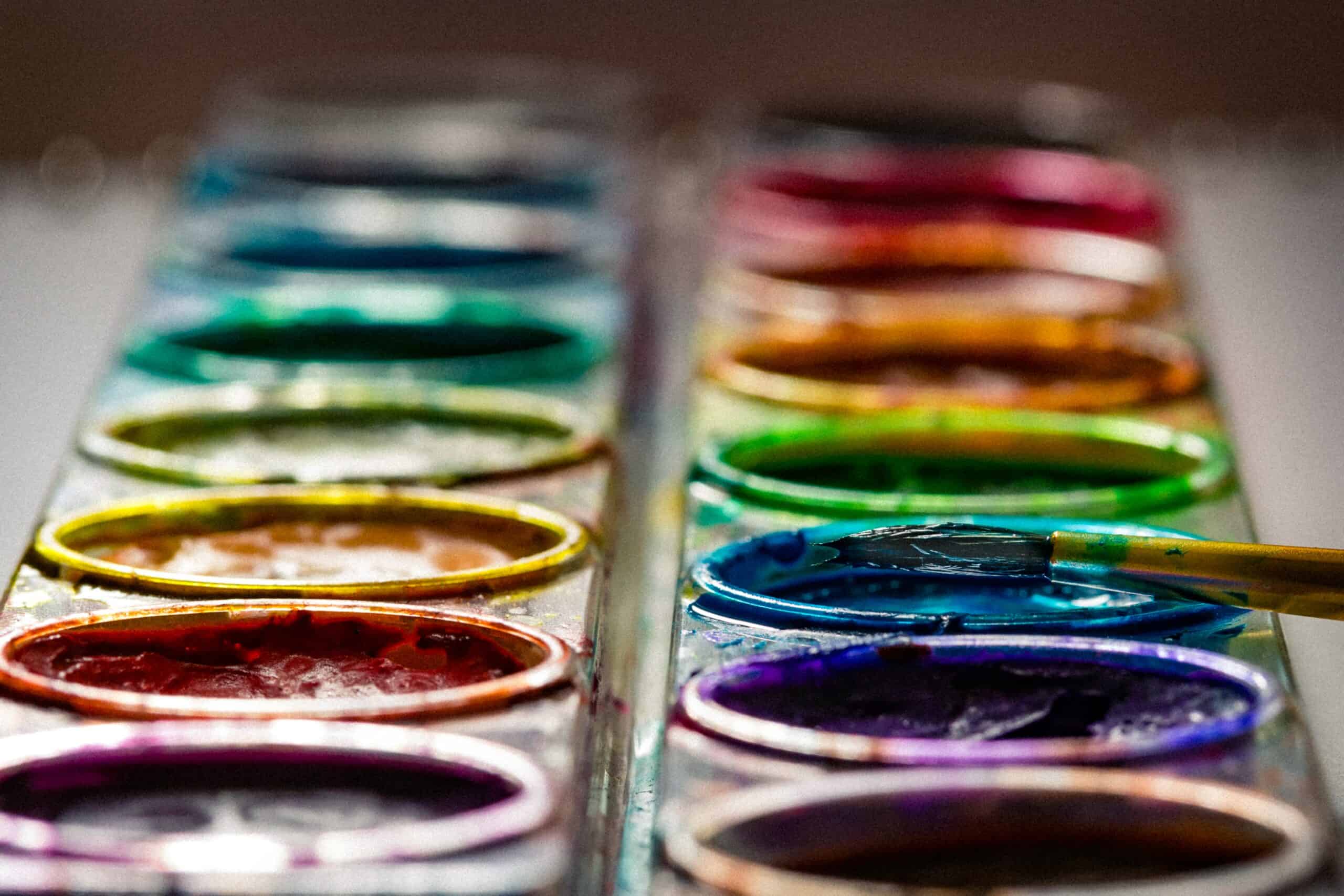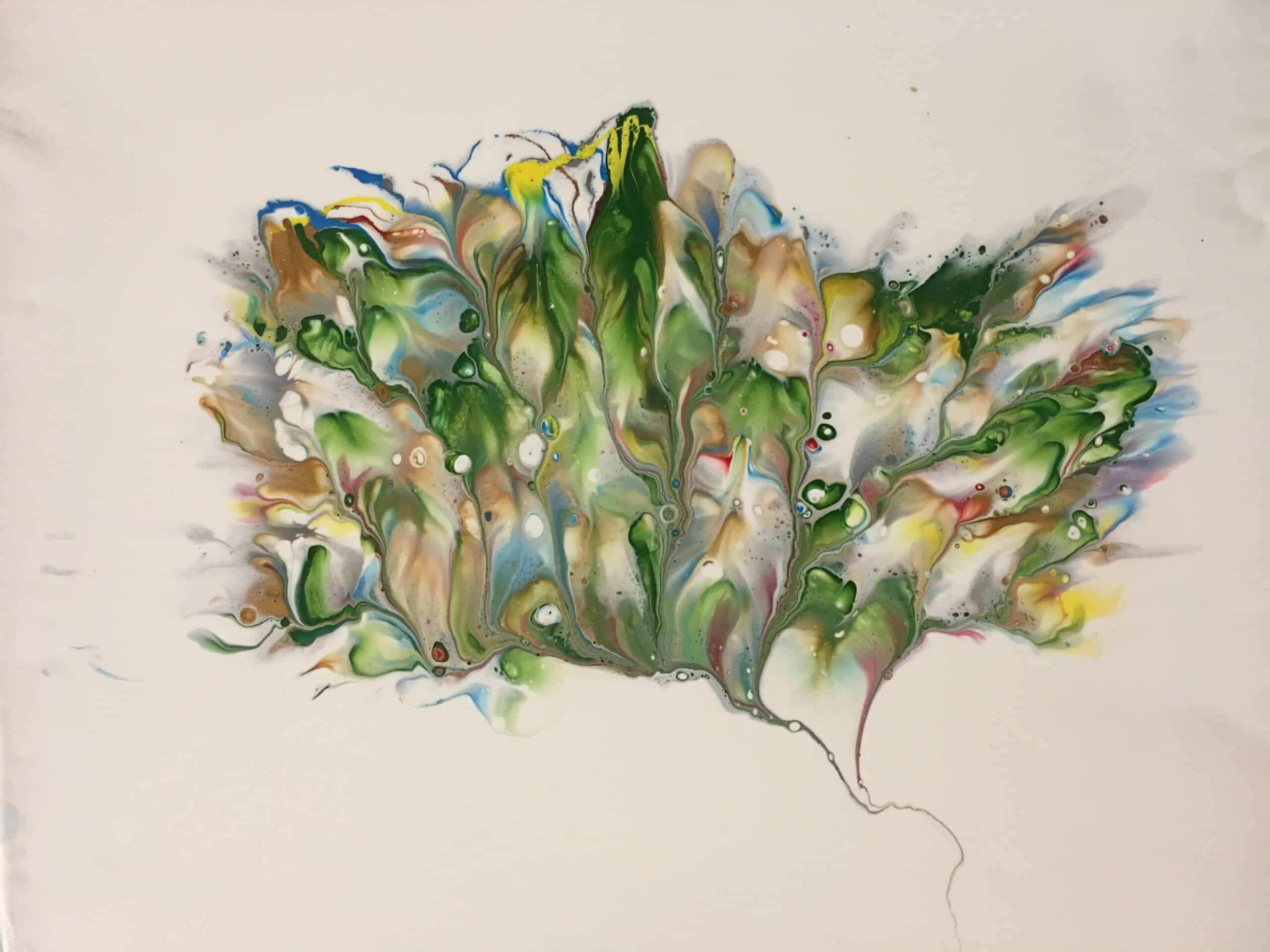How Much Floetrol To Add To Acrylic Paint
Are you curious about how much Floetrol to add to your acrylic paint? As a paint technology specialist, I can tell you that the answer is not cut and dry. The correct amount of Floetrol depends on several factors including the type of paint being used, the desired consistency, and the climate in which it's being applied. In this article, I'll explain why these elements are so important when determining how muchFloetrol should be added and provide tips for using it successfully.
The addition of Floetrol to acrylic paints helps reduce brush strokes or lines caused by drying too quickly. This also allows more time for blending colors and applying multiple layers without having to wait long periods between each step. It also prevents common problems like cracking or bubbling due to rapid drying times. Even though adding Floetrol might seem simple enough, there are some things you need to consider before deciding how much is right for your project.

When trying to decide how much Floetrol to use with acrylics, it's important to remember that different types of paint may require different amounts since they vary in thickness and water content. Paint designed specifically for interior walls will usually have higher levels of viscosity than those made for outdoor uses; therefore, more Floetrol would be needed to achieve a similar level of thinning as compared with an exterior-grade paint product. Additionally, temperature and humidity play a major role in setting drying times - if you're working outdoors in hot weather conditions then additional quantities of Floetrol could be beneficial due to the faster rate at which moisture evaporates from the surface area.
In conclusion, determining just how much Floetrol should be mixed into your acrylic paints can help make all the difference when it comes down to achieving smooth finishes with even coverage across large areas while avoiding any potential disasters along the way! Keep reading my article as I explore all these topics further.
Definition Of Floetrol
Floetrol is a paint conditioner that's become increasingly popular for artists and DIYers in recent years. It provides extra lubrication, allowing the artist to control their brush strokes more easily and achieve smoother coverage with less effort. To illustrate this concept of added fluidity, imagine a river running over rocks - Floetrol would be like adding oil to the water, making it easier to move around obstacles while increasing its viscosity so that it doesn't evaporate quickly. As an additive to acrylic paint specifically, Floetrol helps keep colors vibrant by preventing them from drying too rapidly or becoming overly thickened.
With these benefits in mind, let's look at how much Floetrol should be used when mixing with acrylic paints.

Benefits Of Using Floetrol With Acrylic Paint
Now that we have a better understanding of what Floetrol is, let's explore the benefits of using it with acrylic paint. Acrylic paints are known for their fast drying times, which can make them difficult to work with and cause problems such as brush marks or poor blending. But adding Floetrol to your acrylic paint helps slow down the drying time allowing more working time with less difficulty and providing an even application. This makes painting easier and produces better results overall.
Floetrol also improves the flow of the paint making it smoother while still maintaining its vibrant colors, creating a nice finish on surfaces like wood or canvas. Additionally, Floetrol reduces brush strokes, so you don't need to worry about those dreaded lines in your final product! And since it doesn't change the color of the paint, you won't be compromising any original pigments when mixing it in.
It may seem easy enough to just add some Floetrol into your paint without measuring anything out but there is an ideal ratio for getting great results every time - one part Floetrol per ten parts paint by volume (not weight). Using this measurement ensures that you get all the benefits mentioned above without damaging your hard work due to over-thinning or leaving streaks from too much viscosity.
With this knowledge now under our belts, let's move on to learning how to measure out exactly how much floetrol to add.
How To Measure The Amount Of Floetrol To Add
When adding Floetrol to acrylic paint, it's important to measure the correct amount to achieve the desired results. Generally speaking, you should use one part Floetrol for every four parts of paint.
For example, if mixing up a cup of paint, mix 1/4 cup of Floetrol and 3/4 cup of paint. The ratio may need adjusting depending on your project needs or the type of paint used, so be sure to refer to manufacturer instructions before mixing.
The best way to measure is by using an accurate measuring device such as a graduated cylinder, syringe, or kitchen scale. This will ensure that you are getting an exact measurement each time and not wasting any product through inaccurate measurements. When done correctly, this simple step can make a huge difference in the final result of your project!
It’s also worth noting that too much Floetrol can have adverse effects; resulting in uneven surfaces with poor adhesion qualities. If unsure about how much Floetrol to add, start small then adjust until achieving desired results before proceeding with larger amounts. With these tips in mind moving forward into our next section, we'll look at some helpful advice when mixing floetrol and acrylic paint.
Tips For Mixing Floetrol And Acrylic Paint
Now that you know how to measure the amount of Floetrol to add, let’s look at some tips for mixing it with acrylic paint. Believe me, this is a must-know if you want your painting project to turn out perfect! First off, try not to exceed 10% floetrol when adding it to your acrylic paints – any more than that and you risk having too much flow in the paint. Secondly, mix them using a low-speed power drill and metal paddle attachment as this will ensure an even consistency throughout all of your colors. Finally, be sure to strain any lumps from your mixture before applying it so there are no unwanted surprises during application time.
Mixing Floetrol and acrylic paint can seem daunting at first but with these simple tips and tricks, you'll have pro results every time! So don't shy away from giving it a go - once you understand these basics you're guaranteed success on your next art project! Now onto exploring popular alternatives to Floetrol.

Popular Alternatives To Floetrol
When it comes to adding a medium to acrylic paint, Floetrol is the most popular choice. However, several other alternatives can be used instead. The first option is using water-based mediums such as Elmer’s Glue or Mod Podge. These products will thin out the paint without affecting its color or consistency and can also help reduce brush marks.
Some artists use Liquitex Basics Medium or GAC 800 Acrylic Polymer Emulsion in place of Floetrol for their projects. Both of these mediums provide good flow and leveling properties while still maintaining excellent adhesion qualities.
Another alternative is an oil-based retarder like Retarder Plus from Golden Artist Colors. This product helps slow down drying time which allows more blending and layering possibilities with your paints. Finally, if you want to avoid any additives altogether, try switching to a slower-drying acrylic paint brand such as M Graham, Holbein Duo Aqua Water Mixable Oil Color, or Mont Marte Professional Heavy Body Acrylic Paint. All three of these brands have increased open working times due to their special formulas so they don't require additional mediums for the best results. With this knowledge in hand, you now have plenty of options when it comes to finding substitutes for Floetrol in your painting process!
Potential Risks Of Adding Too Much Floetrol
It's like walking a tightrope - adding too much Floetrol to acrylic paint can be a tricky endeavor. If you add the wrong amount, it could create an unbalanced mixture that has disastrous consequences for your painting project. Too little Floetrol and the result won't have enough body; too much Floetrol will cause problems with drying times, surface tension, and color vibrancy.
As a painter, you need to tread carefully when considering how much Floetrol to mix in. Adding over 10% of the total volume of paint can disrupt the balance between water absorption and adhesion which is necessary for any successful outcome. The potential risks are numerous: colors may become muddy or dull due to insufficient mixing; coverage might suffer because of weakened texture; and if used on porous surfaces, there’s the danger of cracking or peeling caused by poor adhesion.
Ultimately, as with all things related to artistry, practice makes perfect! A good rule of thumb is to start small and only increase amounts incrementally until you achieve desired results. With patience and precision - along with careful adherence to manufacturer instructions – you'll soon master this aspect of creating beautiful works of art!

Conclusion
In conclusion, Floetrol is an important additive that can significantly improve the flow and leveling of acrylic paint. Although it's easy to measure how much you need to add, too much Floetrol can be detrimental to your project. Therefore, when mixing Floetrol with acrylic paint, it is essential to make sure you strike a balance between the two components to get the best results.
It may seem like a daunting task at first but by following some simple tips and advice from experienced painters and technology specialists alike, any painter will feel confident using Floetrol as part of their next painting project. As long as they remember to carefully measure out the right amount for each application, they'll be able to enjoy all the benefits this product has to offer without running into any risks whatsoever.
So don't let the idea of adding extra additives scare you away from Floetrol - embrace it! With just a bit of practice and knowledge about proper measuring techniques, anyone can successfully use this helpful product in their next creative endeavor and reap all the rewards that come along with it.






